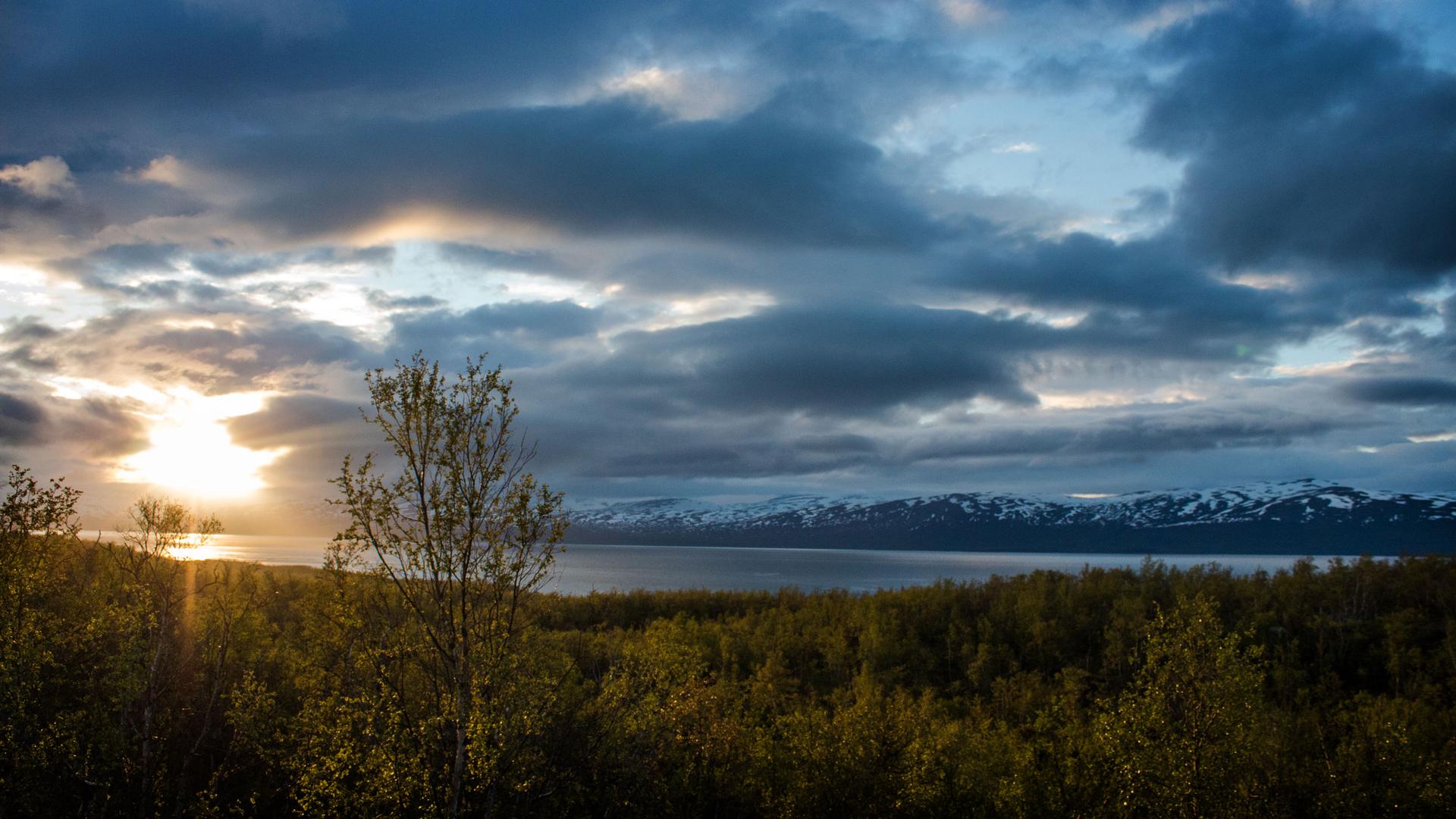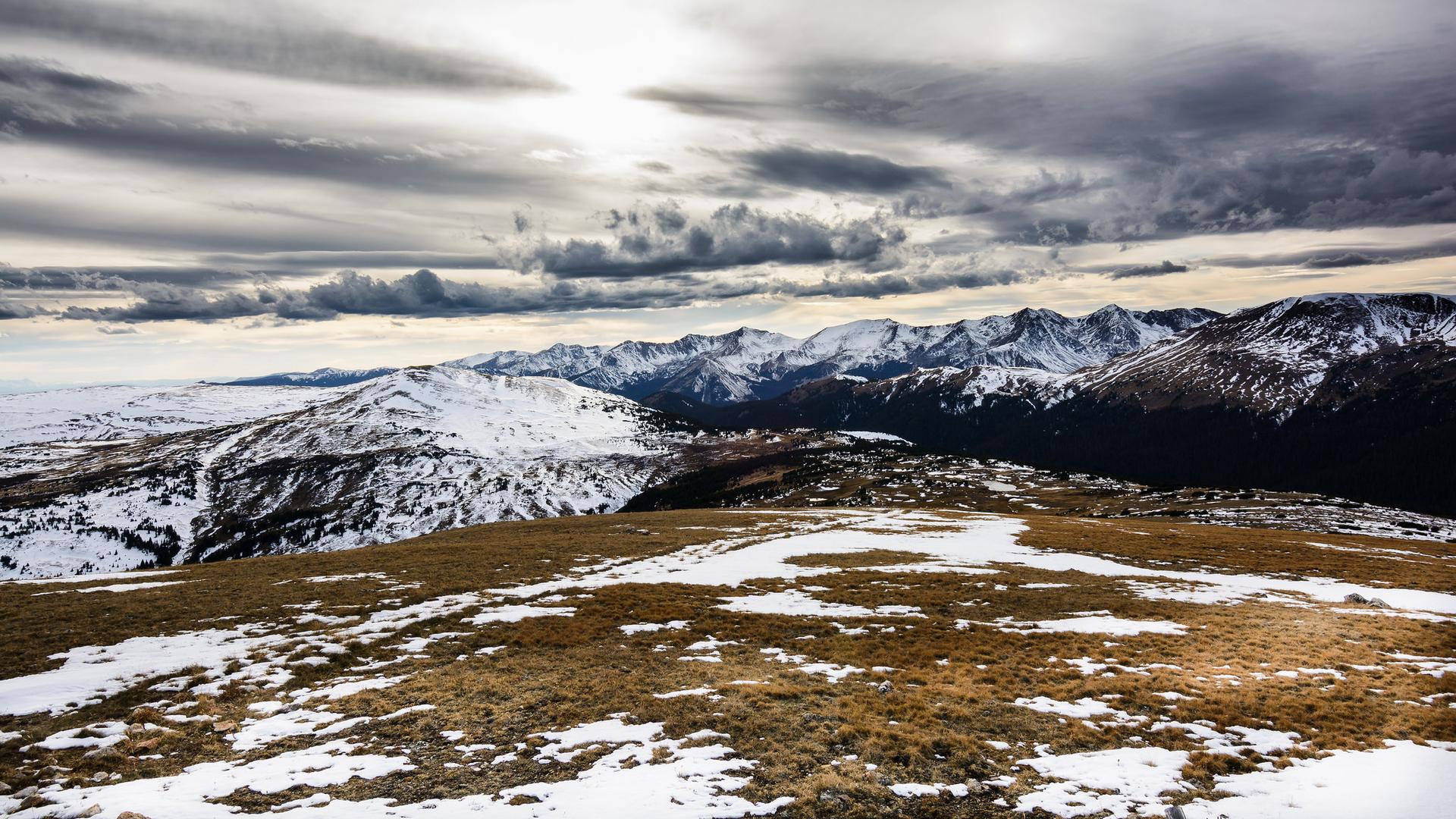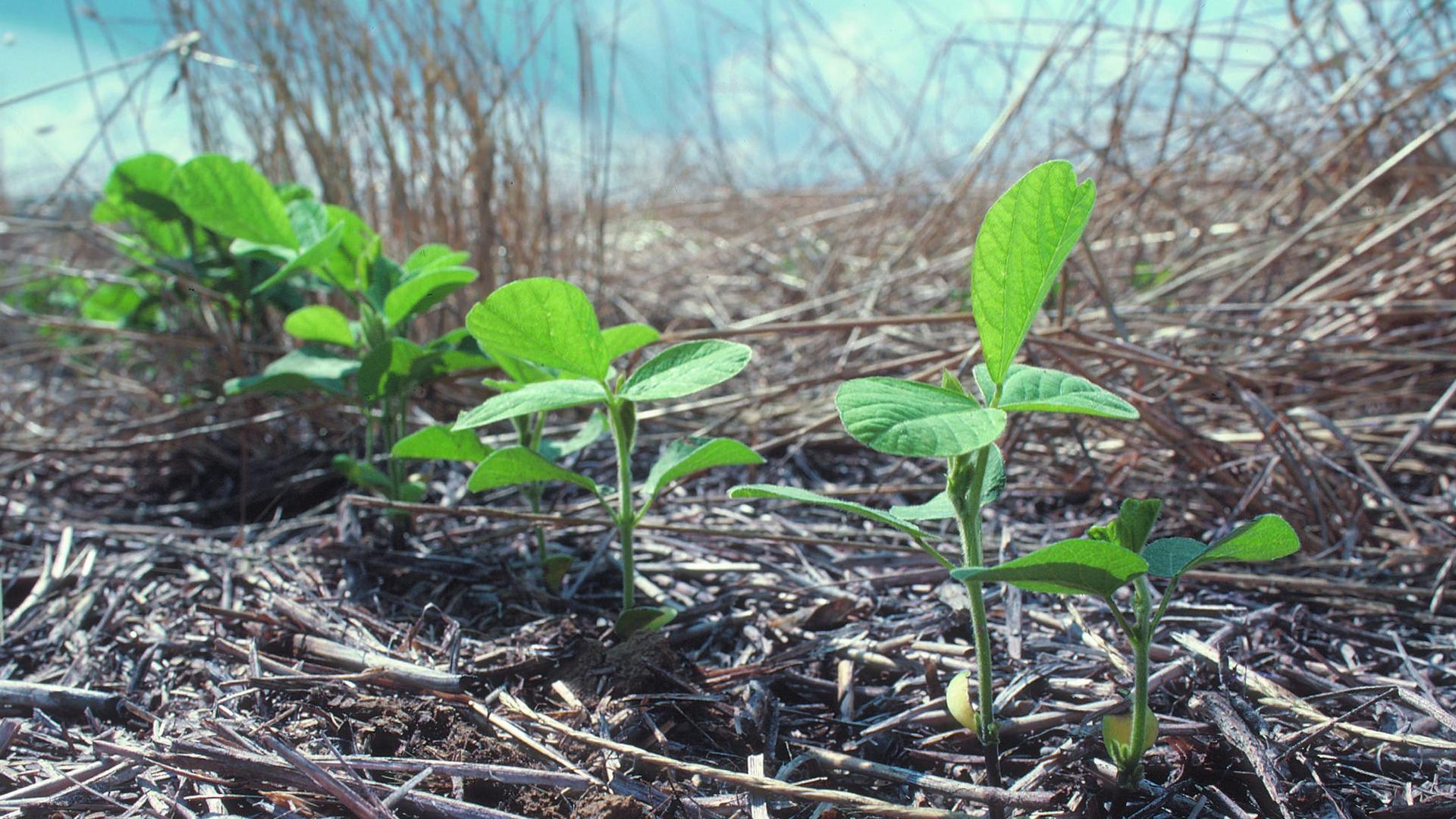Soil
We want to hear your feedback so we can keep improving our website, theworld.org. Please fill out this quick survey and let us know your thoughts (your answers will be anonymous). Thanks for your time!
Old-school farming methods could save the planet
Industrial farming has been a disaster for the Earth’s soil, according to a new book. But fixing the problem is possible if we return to farming practices that keep the soil healthy. This simple change could offset climate change and lead to healthier crops — and people.
The future of agriculture may be too small to see. Think microbes
Climate change is going to throw a host of new problems at agriculture. Now some researchers say one of the solutions to these problems is microbes. In particular, fungi.Climate change is going to throw a host of new problems at agriculture. Now some researchers say one of the solutions to these problems is microbes. In particular, fungi.
Landslides more prevalent in Pacific Northwest as climate change indicates rain increase
This year has seen many more landslides in the Pacific Northwest than is typical — in fact this recent winter was among the worst for mudslides in and around the Puget Sound region. Experts say this could be more common as climate change leads to more rain, especially in the Pacific Northwest.
Bullitt Foundation opens new building in Seattle that redefines environmentally-friendly
The Bullitt Foundation, a Seattle-based nonprofit focused on improving the environment in the Pacific Northwest, has taken on a new endeavor. It’s opened a building for its headquarters, and house other companies, that will be a demonstrator of sustainable technologies.
New research shifts model on how forests contribute to carbon sequestration
New research out of Sweden, published recently in the Science magazine, changes the way scientists view trees’ contribution to carbon sequestration. Ecologist Karina Clemmensen learned that trees continue to store carbon in the environment for its entire life because of fungus growing on the tree roots.
Subscribe to The World’s Latest Edition podcast for free using your favorite podcast player:


